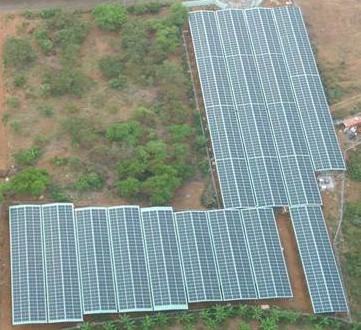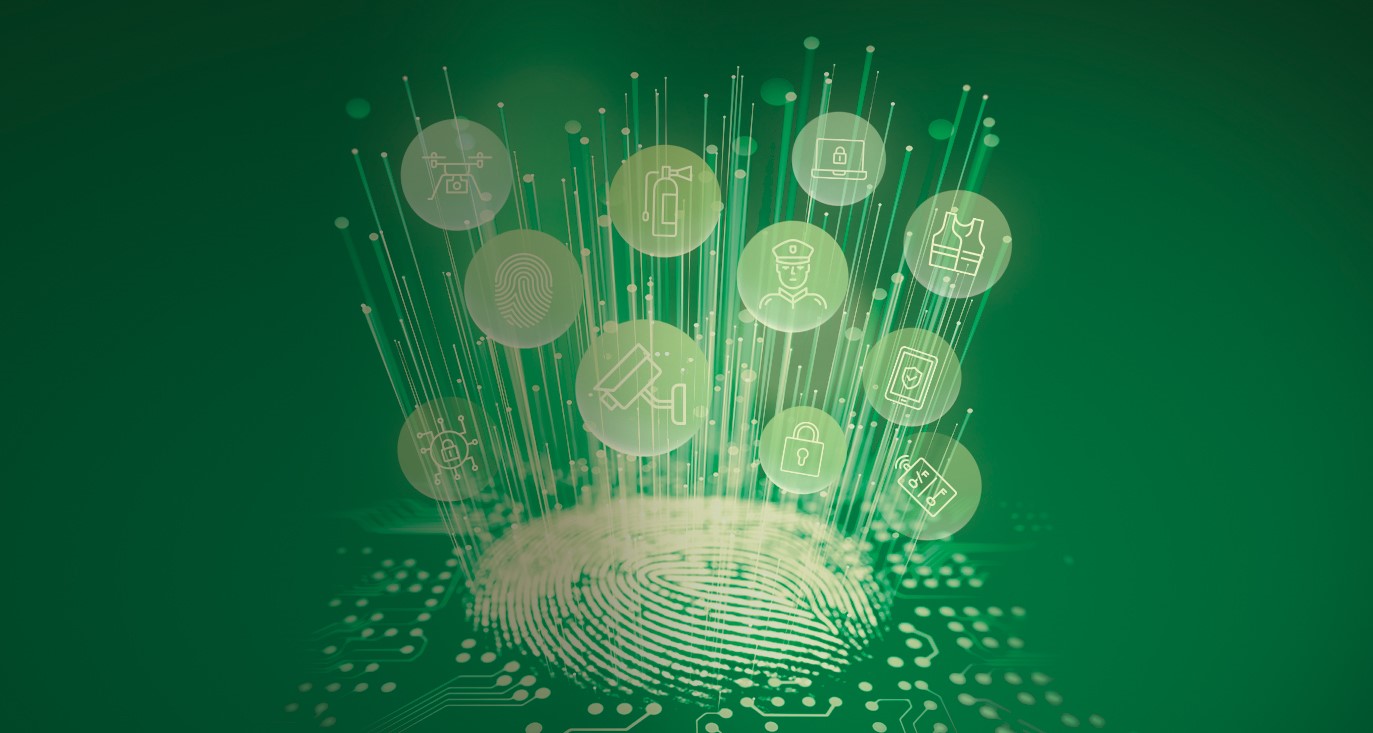
Kerlink is teaming up with Vietnamese IoT startup Cloud Energy in building new solutions to meet demand for IoT services in rural areas around Ho Chi Minh City (HCMC), expanding on their earlier collaboration on smart-building and energy-management projects in the city of nearly 9 million people.
The two companies recently developed and deployed a fully wireless LoRaWAN network to monitor and manage a 900 kWp solar-power installation on a mushroom farm 80 km from the city. The installation of the wireless solar-power system was chosen by NG Investment for its superior advantages: stability of data reading, ability to connect to different inverter brands and the cost savings on investment and maintenance.
The IoT upgrade included Kerlink’s long-range, low-power Wirnet iStation gateways and its Wanesy Management Center to operate and manage the new system, and Cloud Energy’s advanced LoRaWAN-based metre and devices for data management, optimised to meet the rigorous requirements of utility scaling.
The system is expected to reduce the owners’ operation and maintenance costs by 30% annually compared to the previous system. New installations are expected to shave 30% off the cost of a new wired monitoring system.
“Integrating LoRaWAN technology and solutions brought by Kerlink was a natural choice, as we previously gained significant expertise working with them in our energy-metering projects in Vietnamese cities,” said Tuan Anh Pham, founder of Cloud Energy.
Cloud Energy uses advanced technologies and developing tailored IoT solutions for its markets in smart utilities management, smart buildings and smart cities. Based in HCMC, the company provides advanced wireless solutions, including wireless mobile routers and cloud management platforms, optimised to meet the rigorous requirements of utility scaling to provide a best-in-class solar monitoring for energy efficient solutions.
“Expanding our focus to potential IoT applications in remote areas allowed us to take advantage of Kerlink’s Wanesy Management Center platform bundled with its secured LoRa Network Server. That ensures that our client’s system and data are monitored 24/7,” Tuan added.
Wired monitoring systems are expensive to install and challenging and costly to maintain, because employees must be sent to the site for regular inspection and repair throughout the year. A successful deployment of a wireless solar-farm management solution can achieve faster return on investment (ROI) compared to wired solutions using classic data loggers and non-real-time remote access.
“Cloud Energy’s success in exceeding objectives set by end-users will pave the way for system integrators and financial institutions to invest in the expansion of smart-farming projects using private network infrastructure,” said Rene Arbefeuille, Kerlink’s vice president for Asia Pacific.
He added: “Together, Kerlink and Cloud Energy are helping producers maximise specific and tailored farming production yields, demonstrating again how LoRaWAN IoT networks are enabling new opportunities in the agriculture sector.”
Kerlink Group focuses on end-to-end connectivity solutions for designing, deploying, and operating public & private low power/wide area (LPWA) IoT networks. Its comprehensive product portfolio includes industrial-grade network equipment, best-of-breed network core, operations and management software, value-added applications and expert professional services, backed by strong R&D capabilities.
“Smart farming is one of the Internet of Things’ most important vertical markets in Southeast Asia, but it needs the breakthrough innovations that companies like Cloud Energy bring to new fields to reach its potential,” Arbefeuille said.
To date, more than 140,000 Kerlink installations have been rolled out with over 350 clients in 70 countries. Based in France, the company has subsidiaries in the US, Singapore, India and Japan.
The company specialises in enabling future-proof intelligent IoT connectivity for three major domains: Smart City & Quality of Life – urban operations, utilities & metering, retail & public places, infrastructure & hubs, health; Smart Building & Industry – buildings & real estate, industry & manufacturing, asset monitoring & tracking, and Smart Agriculture & Environment – precision agriculture, cattle monitoring & farming, environment & climate, and wildlife protection.
Source: FUTUREIOT

